Medical Disclaimer: This article is for informational purposes only and does not substitute professional medical advice. Consult your healthcare provider before making changes to your diet or treatment.
Affiliate Disclosure: This page contains affiliate links. If you make a purchase through these links, we may earn a small commission at no extra cost to you. This helps us to keep our content free and high-quality.
Introduction
Living with diabetes means taking control of your blood sugar levels. The good news? You have a powerful tool right at your fingertips: your diet. What you eat has a direct impact on your glucose levels, making the right food choices a cornerstone of effective diabetes management. In this comprehensive guide, we’ll explore the top 10 diet tips you need to know to control your blood sugar with food, backed by science and practical advice.
For a more in-depth understanding of the complexities of diabetes, we highly recommend checking out our comprehensive article: Type 2 Diabetes: Causes, Symptoms, and Management.
Understanding the Diabetes Diet: Key Principles
Before diving into specific foods, let’s establish the core principles of a diabetes-friendly diet:
- Carb Counting: A Key to Blood Sugar Control. Understanding and monitoring your carbohydrate intake is vital, as carbs have the biggest impact on blood sugar. Learn how to count carbs effectively to manage your levels. For a complete guide to carb counting, read our article: Carb Counting for Diabetes: A Complete Guide.
- Fiber Power. Fiber slows down the absorption of sugar and helps control blood sugar spikes. Aim for plenty of fiber-rich foods.
- Protein Boost. Protein helps you feel full and supports muscle health. Choose lean protein sources.
- Healthy Fats. Incorporate healthy fats, like those found in avocados and olive oil, as they have minimal impact on blood sugar levels and can contribute to overall health. To understand why healthy fats are important, be sure to read our article: The Best Healthy Fats for Diabetes: Why They Matter & How to Eat Them.
For more information on how to eat healthy, you can find some excellent options on the article: Smart Food Choices for Diabetics.
What to Eat: Recommended Foods for Diabetics
Building a balanced diet means focusing on these key food groups:
- Non-Starchy Vegetables: Load up on these! They are low in carbs and high in nutrients. Examples include:
- Leafy Greens (spinach, kale, lettuce)
- Broccoli, Cauliflower, Brussels Sprouts
- Bell Peppers, Tomatoes
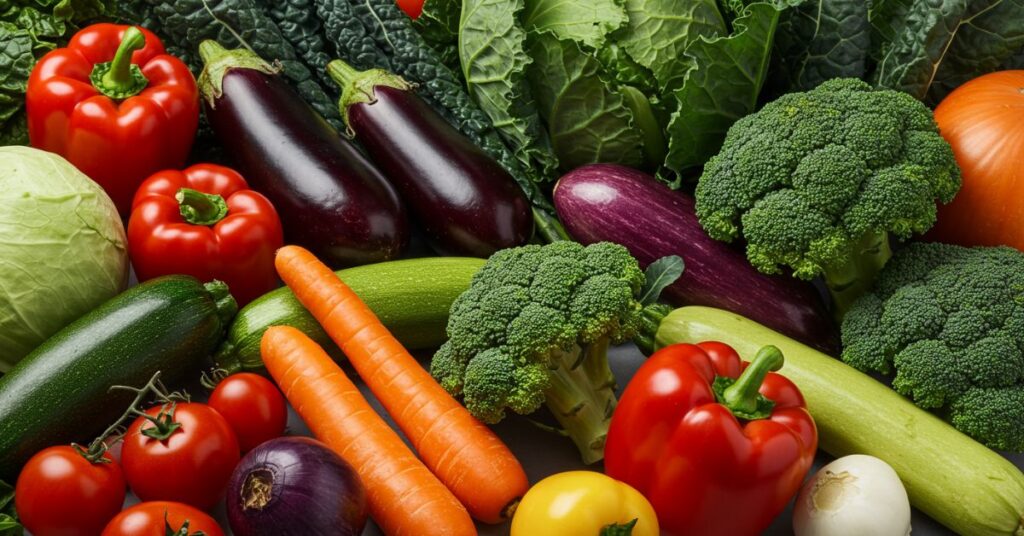
- Whole Grains: Choose whole grains over refined grains for added fiber.
- Examples: Brown rice, quinoa, oats (ensure they are not instant), whole-grain bread.
- Serving Tip: When possible, keep the carbs in whole grains to a moderate amount per meal (1/2 cup cooked).
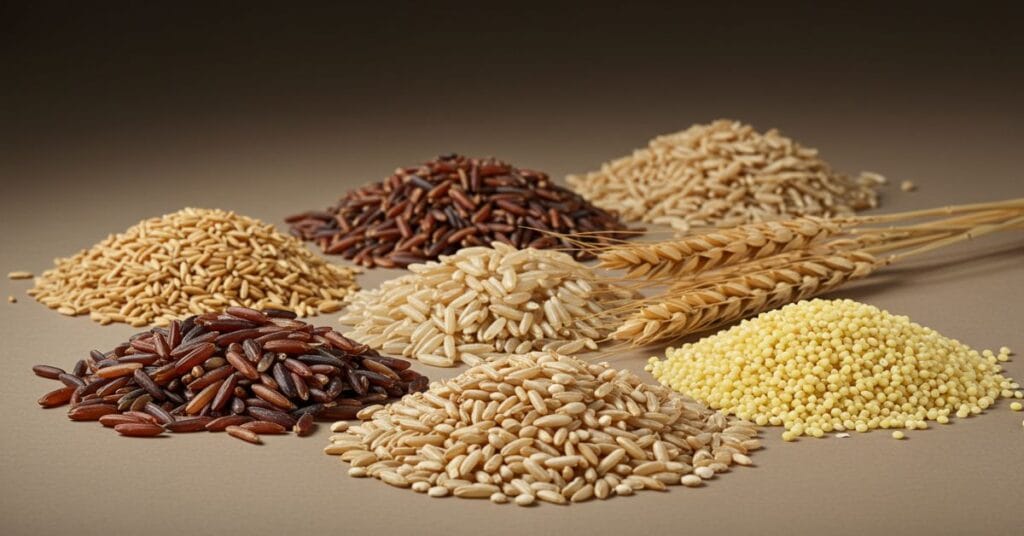
- Fruits (in Moderation): Opt for fruits with a lower Glycemic Index (GI).
- Examples: Berries (strawberries, blueberries, raspberries), apples, pears, citrus fruits.
- Portion Control: Keep fruit portions moderate.
- Pro Tip: Pair fruits with a source of protein or healthy fat (like a handful of nuts) to slow sugar absorption.
- For some specific suggestions and information, check out the Best Fruits for Diabetes.
- Lean Proteins: Choose protein sources that are low in saturated fat.
- Examples: Chicken (skinless), fish (salmon, tuna, cod), beans, lentils, tofu.
- Serving Tip: Aim for approximately 3-4 ounces of cooked protein per meal.
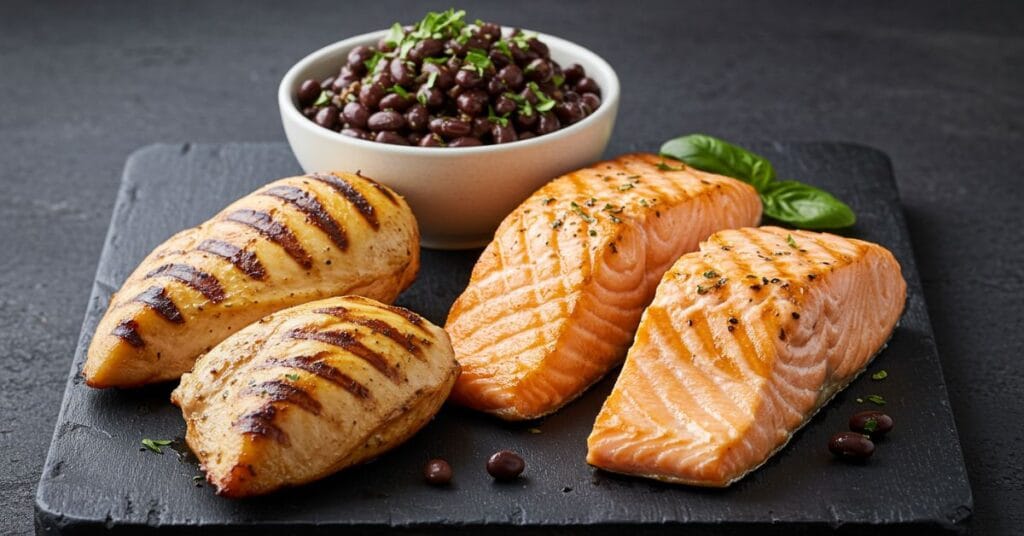
- Low-Fat Dairy: Choose dairy products with reduced fat content.
- Examples: Skim milk, plain yogurt.
- Pro Tip: Be cautious with flavored yogurts, as they often contain added sugars.
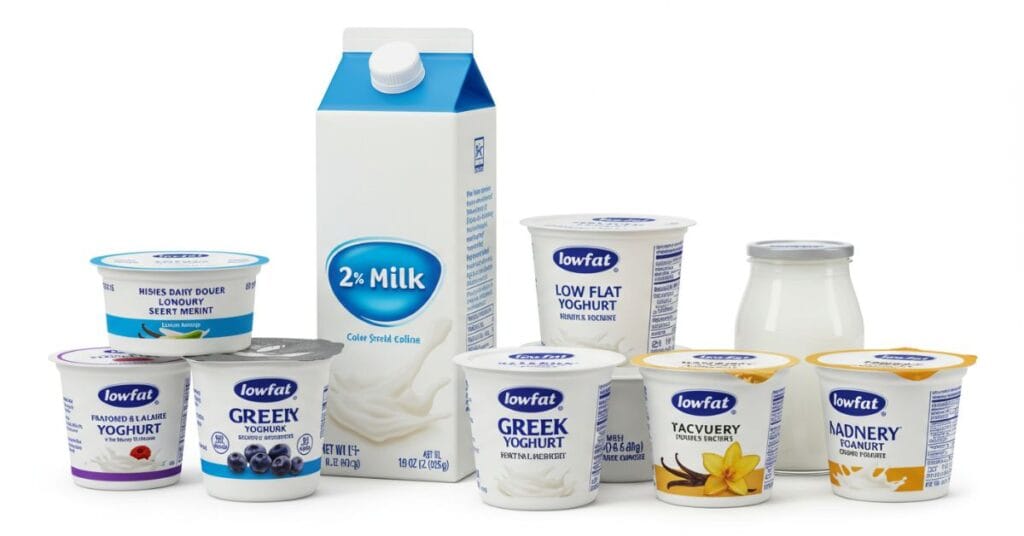
- Healthy Fats: Healthy fats can help you feel full and improve overall health.
- Examples: Avocado, olive oil, nuts (almonds, walnuts), seeds.
- Portion Control: Watch your portion sizes, as fats are calorie-dense.
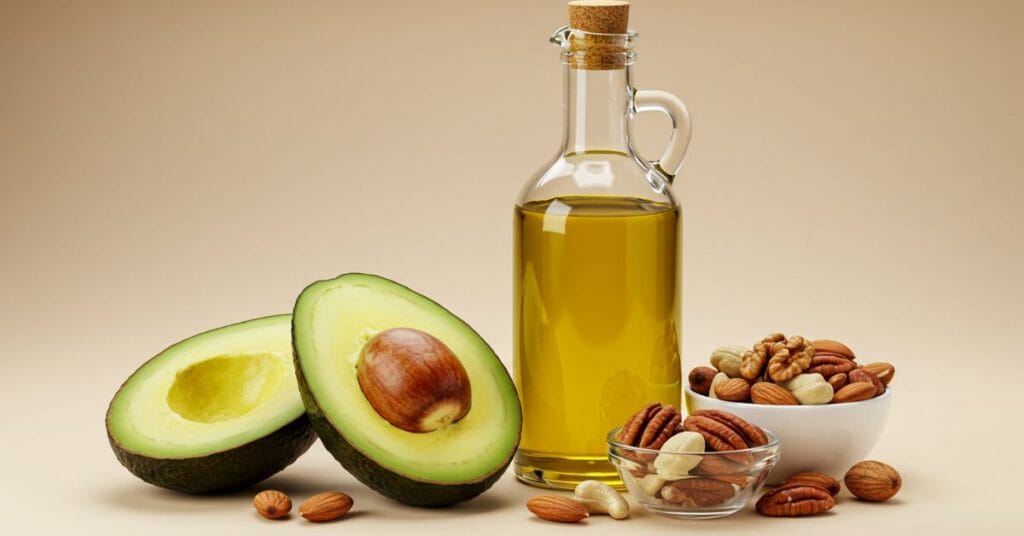
What to Limit or Avoid: Foods that Can Spike Blood Sugar
Certain foods can cause rapid increases in blood sugar levels, which should be limited or avoided:
- Sugary Drinks: Sodas, fruit juices, energy drinks, and sweetened teas are packed with sugar.
- Alternative: Water, unsweetened tea, sparkling water.
- Refined Grains: White bread, white rice, and products made with white flour.
- Processed Foods: Many processed snacks and pre-packaged meals often contain hidden sugars and unhealthy fats.
- Sweets & Candies: Cakes, cookies, candies, and other desserts often have high sugar content.
- Foods with High Saturated & Trans Fats: These can worsen insulin resistance.
- For more information, you can find more details on the dangers of sugary drinks in our Which Foods Spike Blood Sugar Most?.
Crafting Balanced Meals: Examples and Tips
Creating balanced meals is key to managing blood sugar. Here are some examples and practical tips:
- Breakfast: Oatmeal (unsweetened) with berries and a handful of nuts; or eggs with whole-wheat toast and avocado.
- Lunch: Salad with grilled chicken or fish, mixed greens, and a light vinaigrette.
- Dinner: Baked salmon, steamed broccoli, and a side of quinoa; or a lean ground turkey stir-fry with lots of vegetables and a small portion of brown rice.
- Snacks: Choose snacks that combine protein, fiber, and healthy fats to maintain stable blood sugar. Examples:
- A handful of almonds.
- A small apple with a tablespoon of peanut butter.
- Vegetable sticks with hummus.
- Tips:
- Use a smaller plate to control portion sizes.
- Eat at regular times to help regulate your blood sugar.
- Plan your meals in advance to avoid impulsive unhealthy choices.
Carb Counting: A Key to Blood Sugar Control
Carb counting is a powerful tool to manage your blood sugar. You calculate the amount of carbohydrates you eat at each meal and then adjust your insulin or medications accordingly.
For a complete guide to carb counting, see our article: Carb Counting for Diabetes: A Complete Guide.
Natural Ways to Sweeten Without Sugar (Optional)
If you have a sweet tooth, there are options. Consider using sugar substitutes, as long as they fit your lifestyle and do not represent a harm to you.
- Learn more by visiting the article: Natural Ways to Sweeten Without Sugar.
Exercise and Blood Sugar Control
Regular physical activity can significantly improve your insulin sensitivity and help you manage your blood sugar levels. To learn more about the best exercises for managing diabetes, check out our comprehensive guide: The Best Exercises for Diabetes Management: A Complete Guide.
Special Considerations
- Gestational Diabetes: If you’re pregnant, and have diabetes, be aware of the best diet.
- For more, check this article: Understanding Gestational Diabetes.
- Type 2 Diabetes: The most common form.
- For more information about it, check our article: Type 2 Diabetes: Causes, Symptoms, and Management.
- Herbs and spices: Herbs and spices, such as cinnamon, and clove tea, are known for helping to control blood sugar.
- Learn more by visiting the articles Can Cinnamon Lower Blood Sugar? and Clove Tea for Diabetes.
Practical Tips and Healthy Habits
In addition to the foods you eat, consider these practical tips to improve your blood sugar control:
- Eat meals and snacks at consistent times.
- Drink plenty of water to stay hydrated.
- Manage your stress levels (stress can affect blood sugar).
- Get enough sleep.
- Read food labels carefully to identify hidden sugars and carbs.
- Monitor your blood sugar levels regularly and keep a log.
- Take your diabetes medications as prescribed.
Conclusion
Adopting a diabetes-friendly diet is a journey towards better health and well-being. By focusing on the right foods, making smart choices, and adopting healthy habits, you can take control of your blood sugar and live a healthier, more fulfilling life.
Remember to consult with your healthcare provider and a registered dietitian for personalized advice.
Ready to take control of your blood sugar?
- Consider adding the GlucoTrust supplement to aid your routine.
Further Reading / Additional Resources
- Related Articles:
- Smart Food Choices for Diabetics
- Which Foods Spike Blood Sugar Most?
- Foods That Naturally Lower Blood Sugar
- Best Fruits for Diabetes
- Natural Ways to Sweeten Without Sugar
- Type 2 Diabetes: Causes, Symptoms, and Management
- Understanding Gestational Diabetes
- How to Know If You Have Diabetes: Key Signs & Diagnosis
- What Are the First Warning Signs of Type 2 Diabetes?
- Clove Tea for Diabetes
- Can Cinnamon Lower Blood Sugar?
- Trusted Sources:
